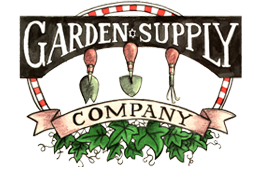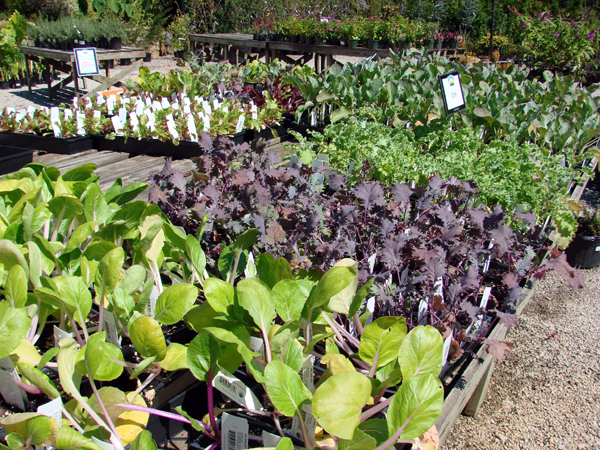Happy August to all of our GSCO plant-lovers! Even though summer is still in full swing, it’s never too early to start thinking about putting your plant-babies in containers to bring indoors as the weather cools off. The sago palm is a great option for container planting. This way, you can start it off on your porch and bring it inside when temperatures drop.
For the love of lantana: How to grow your lantana this season
It is HOT this summer, but luckily lantana knows how to handle the heat! If there are areas of your garden that get unyielding sun, lantana could be just what you need. Springtime plants are in full bloom now, and you can expect bright, colorful flowers throughout the summer. With both annual and perennial varieties of lantana, there’s certainly something that will fit your garden’s needs. Keep reading to learn more about lantana and how to grow it this season!
Planting Guide
Our 2013 comprehensive planting guide will give you the "how to" on planting annuals to perennial trees and shrubs. Just Click on the image below or follow the link to our PDF, printer-friendly version. Happy planting!
- 2013 Planting Guide
PlantingGuide2013 (printer-friendly PDF version)
Fall Guide to Herbs & Vegetables
Now that the season has changed and cooler weather is arriving, it's time to think about harvesting the last of your summer vegetables, and start work on your fall and winter gardens. Here's a few of our top tips for getting the most out of your seasonal herb and vegetable gardens this month.
Planting
Extend the gardening season well into the winter by planting fall and winter vegetables now. Good candidates for winter harvest include lettuce, radish, spinach, kale, broccoli, cauliflower, pak choi, swiss chard, collards, cabbage, and Brussels sprouts.
Plant garlic now for harvest in late summer. It likes a sunny, well-drained spot. Set bulb tips 2 inches beneath the soil surface.
For the most successful winter gardening, we suggest using cold frames when planting. Cold frames are simple bottomless boxes with a removable glass or plastic lids that protect plants inside from excessively low temperatures, wind, snow, and rain. In doing so, it creates a micro-climate that is a zone and a half warmer than your garden. The result is a harvest of fresh vegetables all winter long.
Harvesting
Listen for frost warnings and be prepared to cover tomatoes, eggplants, peppers, and other tender vegetables. The weather often warms up again after the first frost, so this protection can prolong the harvest for weeks.
When there is a threat of frost, harvest your cucumbers, eggplant, okra, pepper, and summer squash before the vegetables become frost-damaged.
Bring in tomatoes for ripening when the daytime temperatures are consistently below 65 degrees F. Pick only those fruits that have begun to change color.
Harvest sweet potatoes before frost as well as gourds, pumpkins and winter squash. If you'd like to store pumpkins, be sure to pick only solid, mature pumpkins that are deep orange in color. Try not to injure the rind as decay-causing fungi attack through wounds. Dip them in a chlorine solution of 4 teaspoons bleach per gallon of water. Allow to dry, but do not rinse until ready to use. Cure them at room temperature for a week to harden the rind, then store in a cool place. They will keep for about two months.
When you can no longer protect your plants, pull them and add them to the compost heap.
Herbs
By now, most herbs have lost their best flavor. Discontinue drying for winter use at this time. Exceptions, however, are chives and parsley, which thrive now and taste better than ever in cool weather.
Chives, coriander (cilantro), dill, and parsley can be direct-sown in the fall in the milder areas of the Piedmont for harvest in the fall and winter months.
For more gardening tips, stop by the garden center and speak with one of our friendly experts. We're open 7 days a week to help with all your gardening needs!





